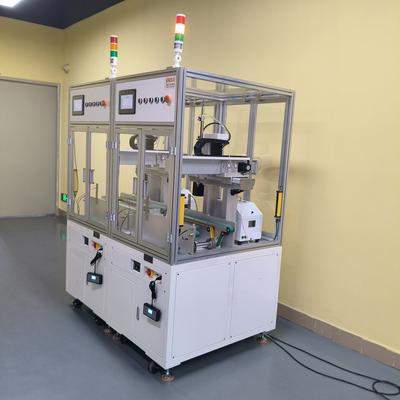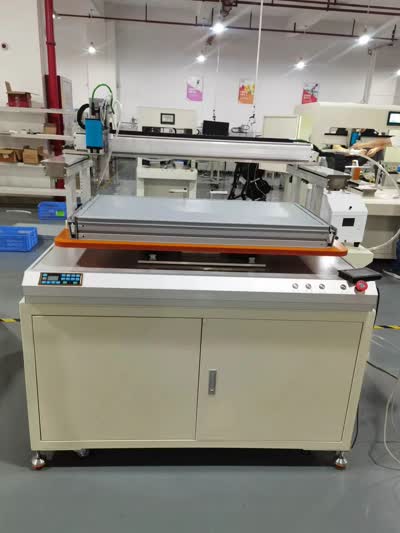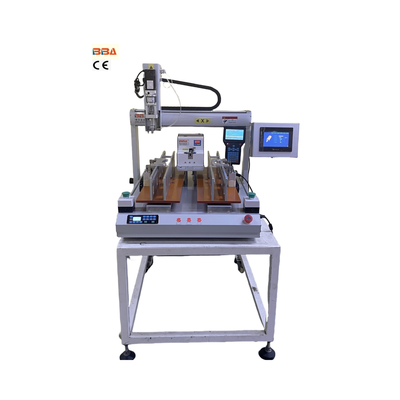Quick Product Changeover Guide | Industrial Manufacturing Efficiency
How to Perform a Quick Product Changeover
In the competitive world of industrial manufacturing, efficiency is paramount. One of the most critical processes impacting overall equipment effectiveness (OEE) and production line productivity is the product changeover. A quick and seamless changeover minimizes downtime, reduces waste, and increases flexibility, allowing you to respond faster to market demands. This blog post outlines key strategies to perform a quick product changeover, transforming it from a necessary disruption into a streamlined, efficient operation.
The first step towards a faster changeover is a thorough analysis of your current process. This involves observing and timing every single task performed from the last good piece of the old product to the first good piece of the new product. Categorize these tasks into two types: internal and external. Internal tasks are those that can only be performed when the machine is stopped. External tasks are those that can be done while the machine is still running, such as gathering tools, preparing new raw materials, or pre-setting fixtures. The goal is to convert as many internal tasks as possible into external ones. By preparing everything possible offline, the actual downtime of the equipment is drastically reduced.
Next, focus on standardization and organization. Utilize the 5S methodology (Sort, Set in order, Shine, Standardize, Sustain) to organize the workspace. All tools, jigs, and parts required for the changeover should have a designated, labeled home and be readily accessible. This eliminates time wasted searching for equipment. Furthermore, standardizing procedures is crucial. Create detailed, visual work instructions—such as checklists and diagrams—for each changeover step. This ensures every technician performs the task the same, optimal way every time, reducing errors and variability.
Investing in technological solutions can also yield significant returns. Consider modular design and quick-release mechanisms for parts that need frequent changing. Instead of bolts and screws, implement cam-action clamps, toggle clamps, or quarter-turn fasteners that can be released and secured in seconds. For settings and parameters, leverage the power of automation. Modern control systems can store recipes for different products. With a single button press, the system can automatically adjust pressures, temperatures, positions, and other variables, eliminating manual adjustment time and potential human error.
Finally, the human element is vital. Cross-train your operators and technicians so that a trained team can work in parallel on different aspects of the changeover. Clear communication and coordination are essential to ensure safety and efficiency. Empowering your team to suggest and implement improvements fosters a culture of continuous improvement. Regularly review and refine your changeover process, celebrating reductions in downtime and always striving for a better, faster method.
In conclusion, a quick product changeover is not achieved by chance but through a deliberate and methodical approach. By analyzing your current process, distinguishing between internal and external tasks, organizing your workspace, standardizing procedures, investing in smart tooling, and empowering your team, you can turn changeover time into productive time. This enhances your operational agility, boosts capacity, and strengthens your competitive edge in the industrial automation landscape.
| Product Name | Applicable industries |
| Servo Screwdriver Robot | Automotive Electronics Assembly |



